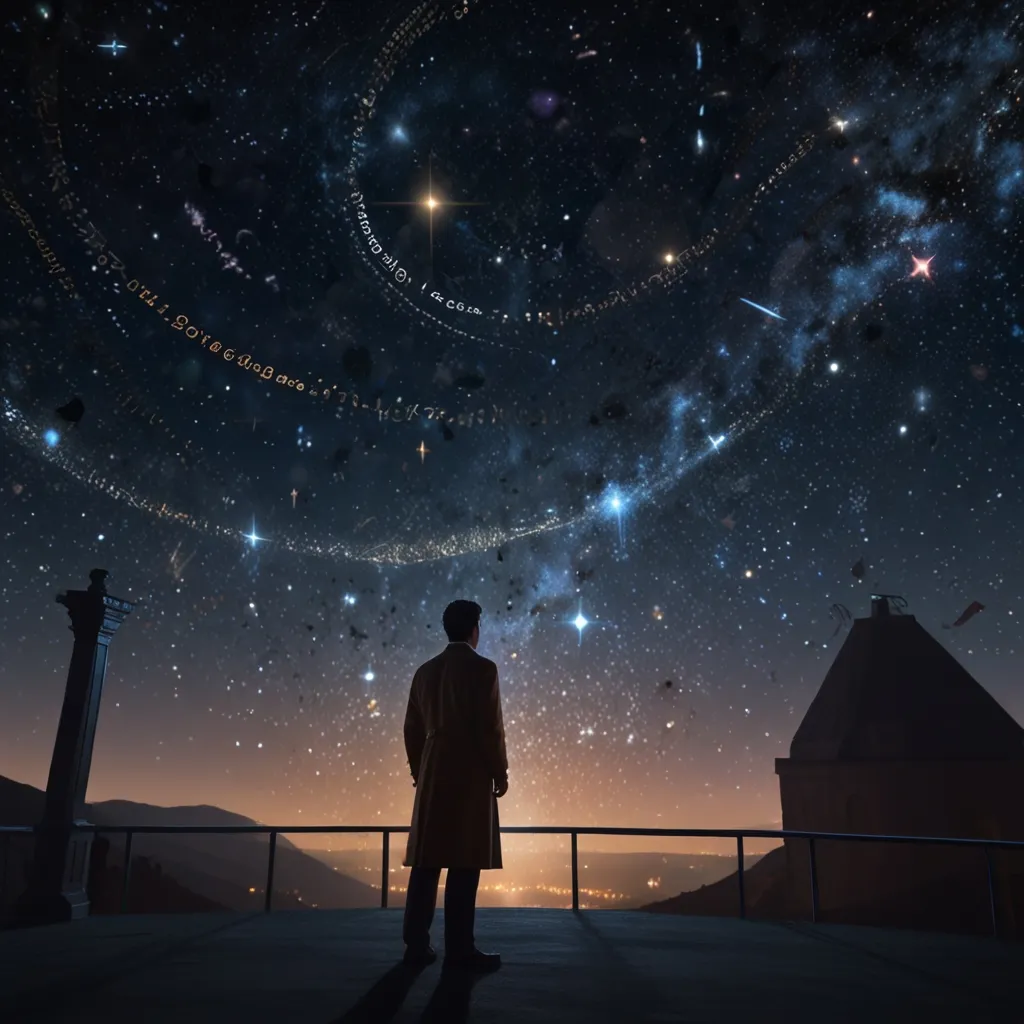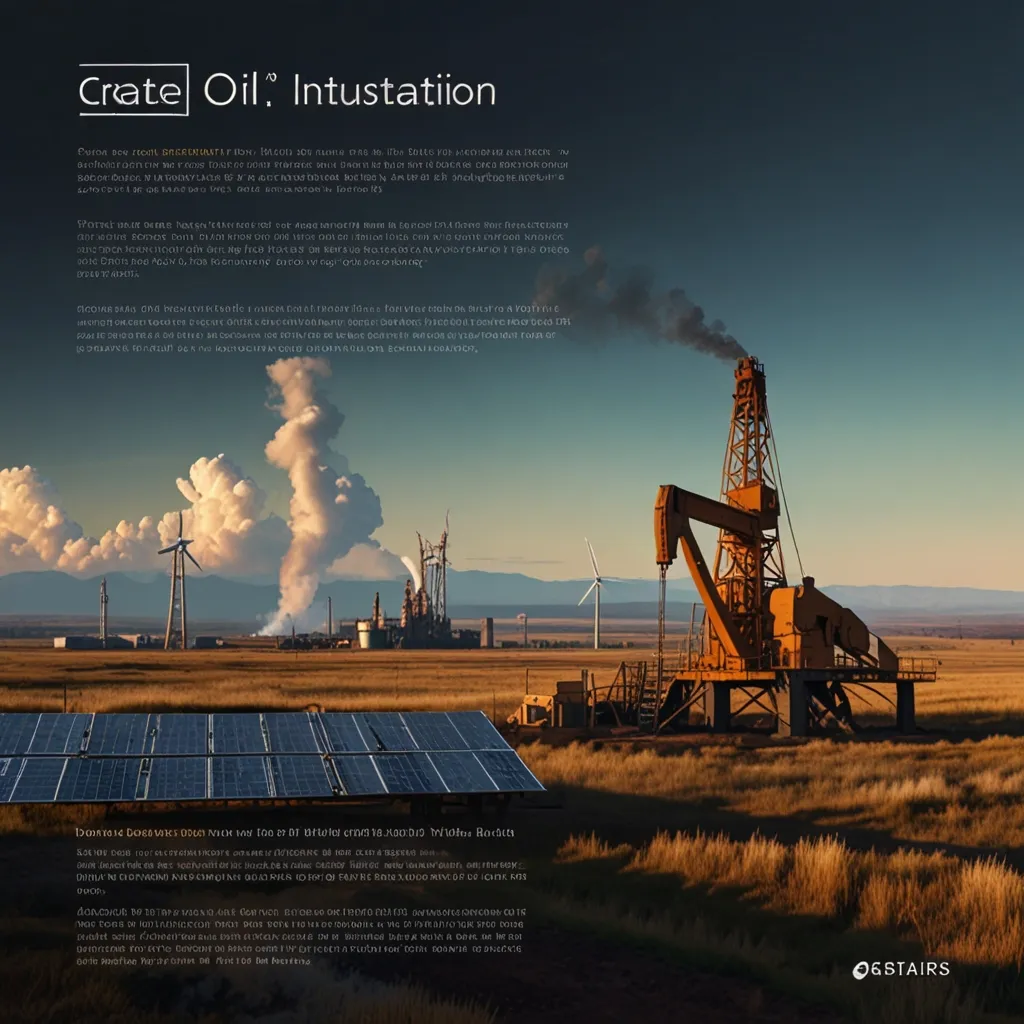The scientific revolution, widely recognized to have emerged in 1514 with Copernicus, transformed our understanding of the universe. Copernicus challenged the long-standing belief that Earth was the universe’s center and instead proposed that Earth revolves around the Sun. This foundational idea depicted the universe as a machine governed by precise laws, allowing for predictable motions and events—a concept that stood for centuries.
However, the early 20th century brought forth what many consider the second scientific revolution: the quantum universe. At its core, the universe is not continuous but quantized, composed of discrete particles interacting through quantized fields. These particles, often too small to be seen directly, can only be detected using advanced instruments. Some particles, like quarks, aren’t detectable directly, raising questions about their existence and the very essence of quantization.
The shift from classical to quantum mechanics began to materialize with James Clerk Maxwell’s 19th-century discovery that a changing electric flux produces a magnetic field. By the century’s end, classical physics, championed by Newton and Maxwell, seemed to explain almost all mechanical phenomena. The world was seen as continuous—where you could infinitely divide a glass of water into smaller portions without limit. This continuity seemed indisputable until major flaws in classical physics surfaced.
One such flaw was the ultraviolet catastrophe, linked to black body radiation. Classical theories predicted that a hot object would emit energy in any frequency range allowed by its temperature, which implied objects would radiate infinite energy beyond the ultraviolet range, making them cool to absolute zero instantaneously—a clear contradiction to observable reality.
The resolution came from Max Planck around 1900, who proposed that electromagnetic radiation is quantized, releasing discrete quanta of energy instead of continuous waves. This gave rise to Planck’s equation, (E = hf) (energy equals frequency times Planck’s constant), marking the birth of the quantum world.
Niels Bohr further explained this quantization with his model of the atom, addressing why electrons do not spiral into the nucleus. Bohr’s atomic model introduced quantized orbits, where electrons could only exist in specific energy states, emitting or absorbing light only when jumping between these states.
Albert Einstein’s theories of relativity also played a crucial role in shaping modern physics. His principle that the laws of physics are consistent at all speeds led to the realization that quantum mechanics needed to be reconciled with relativistic principles. The Schrödinger equation originally failed to treat space and time equally, an issue corrected by Paul Dirac’s formulation of quantum field theory (QFT), which treated particles as quantizations of fields.
QFT remains one of the most powerful frameworks in modern physics, allowing for accurate predictions even at high velocities. It complements quantum mechanics, much like Newtonian physics still applies outside the realms of high-speed or strong gravitational influences.
Quantum mechanics also introduced probabilistic behavior at microscopic scales. The Schrödinger equation’s wave function implies that particles have probabilities of being found in particular locations rather than precise paths, contrasting with classical determinism. This probabilistic nature means the future of the universe isn’t predetermined in quantum mechanics.
Without quantization, our universe would be unrecognizable. Atoms and consequently matter, energy, and radiation as we know them wouldn’t exist. The very fabric of reality hinges on quantum principles, making our universe fundamentally intertwined with the strange and fascinating rules of quantum mechanics.






